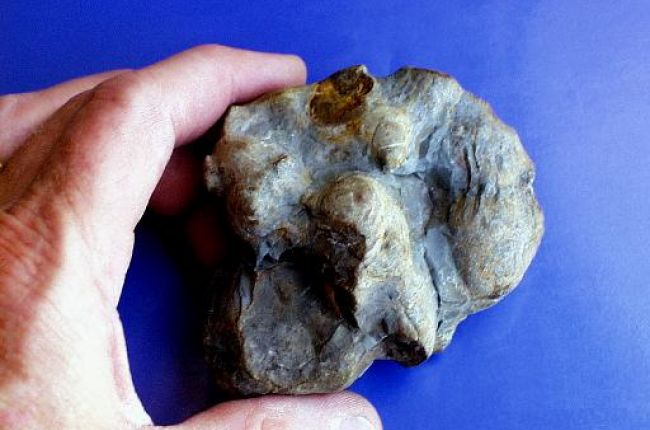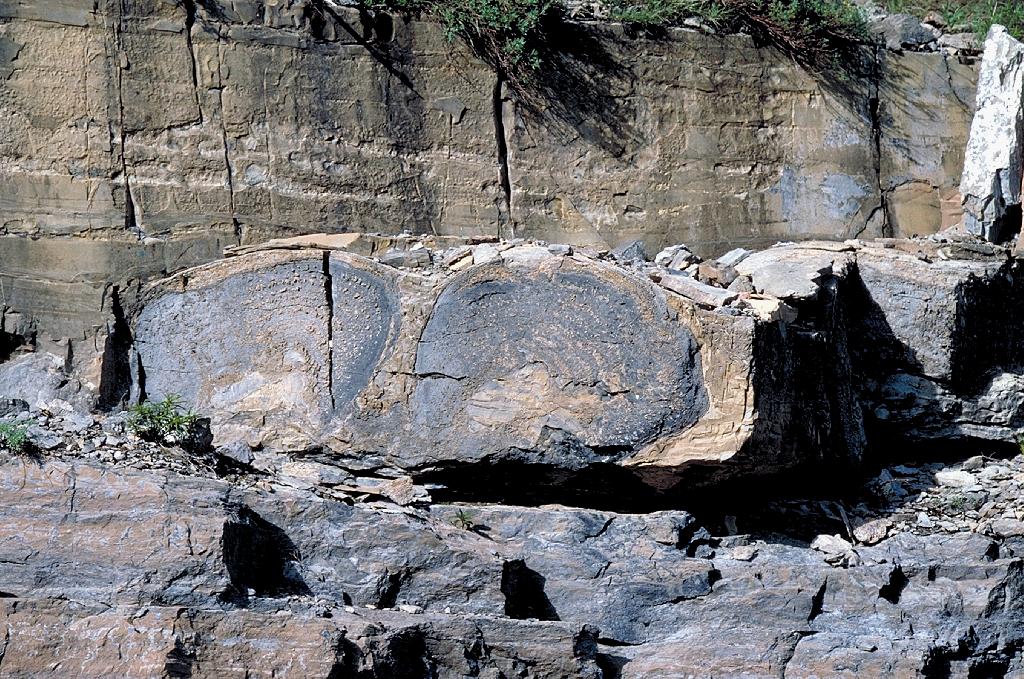
A paleontologist collects as many fossils as possible from a rock or sediment. Once the fossils are prepared by scraping and cleaning, they are sorted by geometry. Fossils with very similar geometry are assumed to belong to a single species. Fossils with somewhat different geometry are assumed to belong to a different species. Usually the fossil species has already been studied and named. Sometimes, however, the species is a new one. Then the paleontologist writes a detailed description of the new species, gives the new species a name, and publishes the description for others to read and use in their own work. Not much excites a paleontologist more than discovering a new species!
Sorting fossils is tricky business, for several reasons. Some organisms died when they were young and still developing, and some died when they were old. Some were male and some were female. Also, most species show a lot of natural variability. You know that from looking at other members of your own species! It's often impossible for paleontologists to decide whether they are looking at a single species with a lot of variability, or two similar species.

© Marli Miller, University of Oregon
The oldest fossils are more than three and a half billion years old. They are simple unicellular (single-celled) algae, very similar to algae that still exist today. Evolution was very slow until about seven hundred million years ago, when unicellular organisms with larger and more complex cells evolved. Not long after that, a little more than half a billion years ago, multicellular (many-celled) organisms appeared. Instead of consisting of just a single cell, multicellular organisms have an enormous number of cells, grouped according to their function. Several kinds of multicellular organisms evolved in a very short time, geologically. Paleontologists still do not understand very well how this happened. Many of these early kinds of multicellular organisms, like clams, snails, and corals, are still abundant today. More complex kind of animals, like reptiles, birds, and mammals, evolved even more recently in geologic time.





